Whale Tail Digital’s Sustainability Standards
Building websites that are better for people, the planet, and performance

At Whale Tail Digital, I believe good design shouldn’t cost the earth – literally or figuratively.
I’m committed to promoting sustainable web design practices that are both ethical and efficient.
This page aims to share my approach to sustainable web design – what it means, why it matters, and how each site I create helps minimise digital impact while remaining accessible and enjoyable for everyone.
What is sustainable web design?
Sustainable web design is about creating websites that not only do good for people but also make a positive impact on the planet. It’s a way to inspire change and contribute to a healthier environment.
It’s not just about “eco-friendly hosting’ or shaving off a few kilobytes of image weight. Sustainable web design is about creating digital spaces that are efficient, inclusive, and built to last, providing practical benefits for both users and the environment.
A genuinely sustainable website:
- uses less energy and runs on renewable power where possible
- loads quickly, even on older devices or slower connections
- welcomes every visitor through accessibility and thoughtful usability
- prioritises clarity over clutter - focusing on what users actually need
- grows and adapts without constant rebuilds or waste
In short, sustainability online means striking a balance between people, planet, and performance.
Our ripple effect
Small changes creating big impact – for people, planet, and purpose.
CO₂ saved across all tracked projects
Average load time improvement across redesigned sites
Grade B
Average website carbon rating across client projects
Designed or optimised for people and planet
Why sustainable web design matters
Every click, scroll, and video stream uses electricity and with billions of websites online, that adds up.
The internet currently produces almost 4% of carbon emissions globally, around the same as the aviation industry. As sites become heavier and more complex, their environmental impact continues to grow.
By building faster, cleaner, more efficient sites, we can:
- reduce the carbon output of every page visit
- lower hosting energy demand
- make the web more accessible and usable for everyone
The Sustainable Web Manifesto sums it up beautifully:
“We want to create a web that is clean, efficient, open, honest, regenerative, and resilient.”
That’s the kind of web I’m committed to building – one that treads lighter and works smarter.
What makes a website sustainable
There’s no single checklist, but the Web Sustainability Guidelines and other forward-thinking frameworks share core principles.
Here’s what they all agree on – and what I aim for in every project:
Performance
Lightweight, fast-loading pages that use less energy and keep visitors engaged.
Hosting
Servers powered by renewable energy, using efficient infrastructure and caching to minimise waste.
Accessibility
Designs that include everyone – with clear contrast, legible typography, and structure that supports assistive tech.
Content
Plain-language, purposeful messaging that avoids unnecessary data load (and human confusion).
Longevity
Websites designed to evolve without being rebuilt from scratch every few years – less digital waste, more value.
The Whale Tail Digital standard
Inspired by global sustainability frameworks and grounded in real-world design practice, the Whale Tail Digital standard serves as the foundation for every project.
Every site I create is:
Optimised for performance and carbon impact
Through efficient code, compressed assets, and sustainable hosting.
Accessible by default
Designed to WCAG standards so more people can use it, no matter their device or ability.
Strategic and intentional
Built to align with your goals and reduce digital bloat over time.
Maintained ethically
With transparency around plugins, updates, and responsible recommendations.
These standards evolve as the industry (and climate tech) changes – because sustainability is a practice, not a one-off project.
The Whale Tail Digital eco-site badge
The Whale Tail Digital eco-site badge recognises websites built or optimised in alignment with these principles.
It’s not an official certification – just a simple way to show that a website has been intentionally designed to reduce its footprint, improve accessibility, and support a more sustainable web.
Each participating site also receives an Annual Website Sustainability Impact Report, outlining improvements in page weight, load times, and carbon output – along with a summary of ongoing best practices.
[ PLACEHOLDER FOR BADGE ]
tools I trust (and actually use)
Because sustainability isn’t just about how you design – it’s also about the tools you use to run your digital world.
Here are a few of my go-to resources that support faster, lighter, more ethical websites.
Hosting & infrastructure
Australian-owned carbon neutral web hosting, powered by renewable energy (plus, they have genuinely fantastic support).
Performance & optimisation
The plugin I trust for caching, minifying, and general site speed wizardry.
Excellent image compression for lighter, faster pages.
Accessibility & inclusivity
AI-assisted image descriptions (alt text) to support accessibility.
Free and handy for ensuring readability.
Measurement & impact
Fantastic in-depth sustainability and performance analysis.
Provides much broader insight into a website’s environmental impact.
Note: This website uses affiliate links. If you make a purchase using these links, I may earn a small commission at no additional cost to you.
Measure your own website’s impact
Curious how your site performs?
You can check your website’s estimated carbon footprint using one of these free tools:
Quick and simple
In-depth reporting
Broader sustainability scoring
Each tool uses slightly different data, but all of them can help you understand your site’s environmental impact and what steps to take next.
My ongoing commitment
This page – and the Whale Tail Digital standard – will continue to evolve.
As tools, hosting options, and sustainable practices improve, so will the way I design and build.
Beyond my client projects, I’m continually refining my own digital footprint – from using renewable-powered equipment to reducing unnecessary online storage and file bloat.
You can even track Whale Tail Digital’s own carbon footprint at the bottom of this site.
My goal for every project (including my own) is to maintain at least a B-grade carbon rating, though I’m always striving to push it even lower.
Whale Tail Digital’s sustainability efforts are guided by:
- the B Corp movement (currently working towards B Corp certification),
- the Sustainable Web Manifesto, and
- the UN Sustainable Development Goals, particularly #13 Climate Action.
Because the internet should work with the world, not against it.

Subscribe to the Sustainable Splash
The Sustainable Splash is my semi-regular newsletter packed with digital insights, ethical strategy, and sustainability vibes – perfect for purpose-led brands who want to make waves online (without the burnout).
